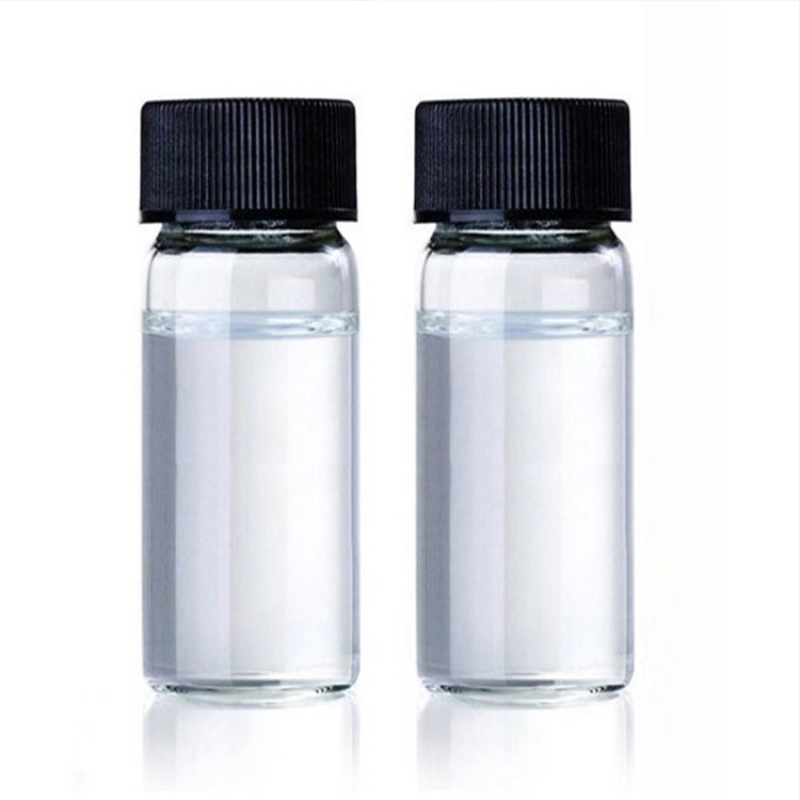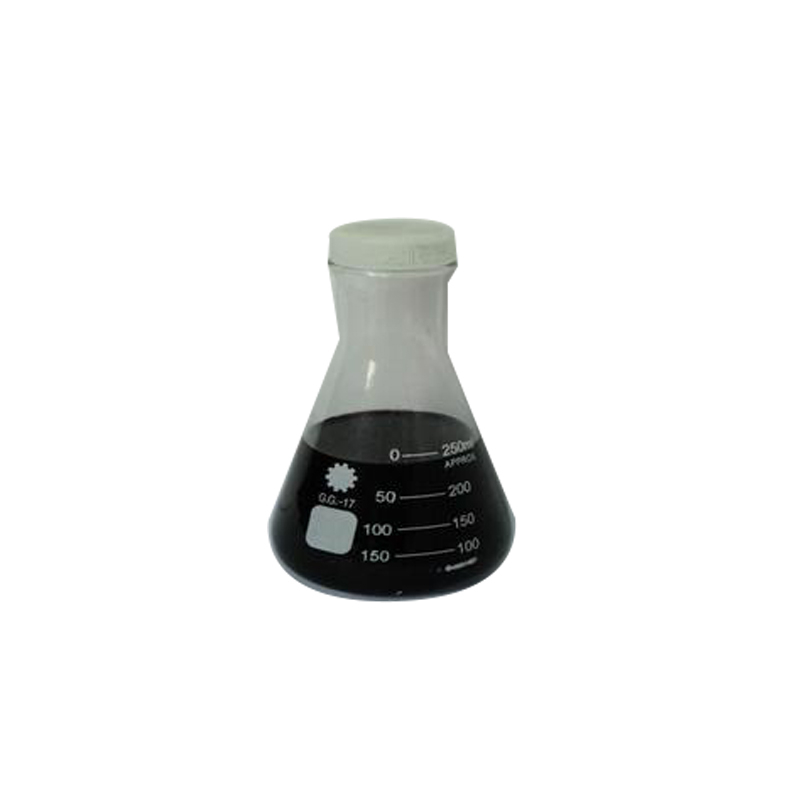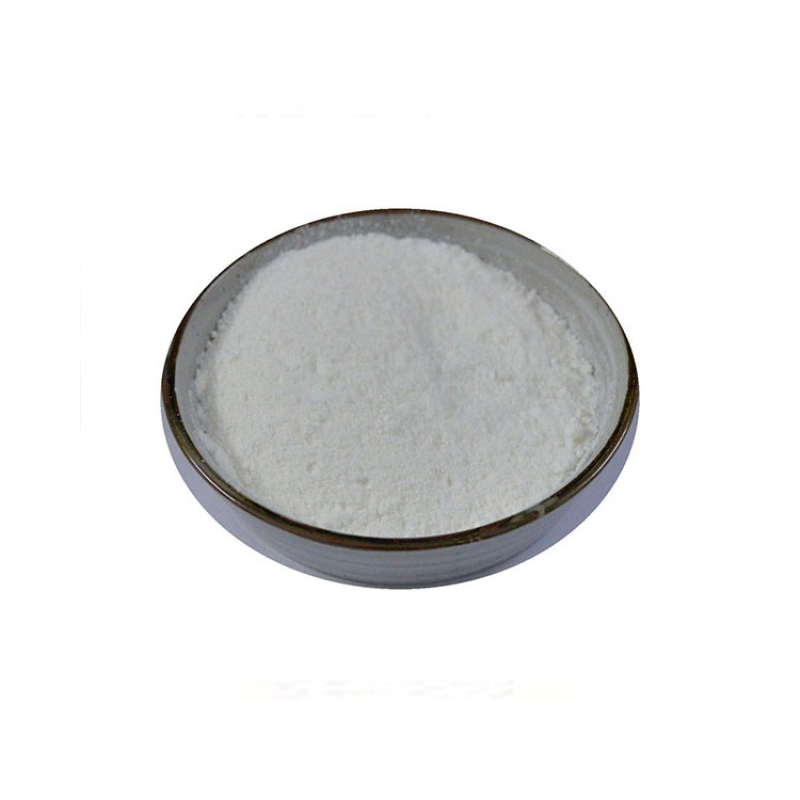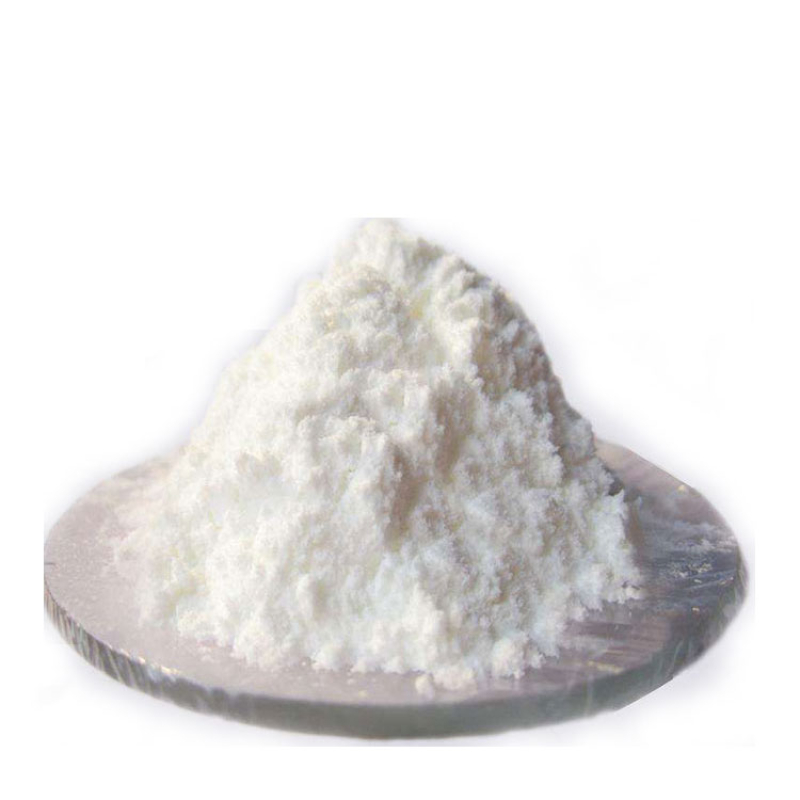Products Description of 2,4-Dichlorophenoxyacetic acid CAS#94-75-7White crystals. Melting point 138℃, boiling point 160℃ (53Pa). Soluble in organic solvents such as ethanol, acetone, ether and benzene, insoluble in water.
Contact Now
Products Description of (-)-(R)-Mandelic Acid CAS#611-71-2D-mandelic acid is a polar molecule. Because it contains hydroxyl and carboxyl groups, the molecule has a certain degree of hydrophilicity. Since D-mandelic acid is a chiral molecule, its physical and chemical properties are affected by the stereostructure of its molecule. In addition, the acid-base properties of D-mandelic acid are also affected by the molecular structure.
Contact Now
Products Description of Alginic acid CAS#9005-32-7Alginic acid is a viscous organic acid, also known as alginic acid and alginic acid. The product is white to light yellow-brown powder. The average molecular weight is about 240,000. Melting point>300℃. It is slightly soluble in hot water, and the viscosity of its aqueous solution is 4 times higher than that of starch. It is insoluble in cold water and organic solvents, and slowly dissolves in alkaline solutions.
Contact Now
Products Description of Kojic acid CAS#501-30-4Kojic acid, also known as kojic acid and kojic acid, is an organic acid with antibacterial effect produced by aerobic fermentation of glucose by Aspergillus candida at 30-32°C. Its molecular structure is a γ-pyrone with a substituent. Among the γ-pyrone compounds existing in nature, the only famous compounds are kojic acid and maltol. In 1907, Saito separated kojic acid crystals from rice koji. It was named by Yabuta in 1912 and its structure was determined in 1924.
Contact Now
Products Description of OXALIC ACID CAS#68603-87-2Oxalic acid standard solution is mostly used for quantitative detection of oxalic acid content in food and medicine. For example, oxalic acid standard solution can be used to determine the oxalic acid content in edible mushroom broth.
Contact Now
Products Description of C.I. Acid Black 194 CAS#61931-02-0Acid Black 194, dark brown powder, can be used for dyeing wool, silk, nylon, wool blended fabrics and direct printing of wool and silk fabrics, with rich color and good level dyeing. When used for dyeing wool and other fibers in the same bath, silk will be dyed, nylon will be seriously stained, and acetate fiber and cellulose fiber will be slightly stained.C.I.
Contact Now
Products Description of 3,5-Dinitrosalicylic acid CAS#609-99-4Yellow flaky crystals. Melting point 173-174°C. Soluble in alcohol, benzene, ether, slightly soluble in water.3,5-Dinitrosalicylic acid Chemical PropertiesMelting point 168-172 °C (lit.)Boiling point 369.91°C (rough estimate)density 1.7914 (rough estimate)refractive index 1.5300 (estimate)storage temp. room tempsolubility H2O: soluble50mg/mLform Powderpka1.57±0.10(Predicted)color YellowPH Range1.3-1.8 (10g/L @ 20°C)Water Solubility solubleBRN 2220661Stability:Stable.
Contact Now
Products Description of 2,3,4,5-Tetrafluorobenzoic Acid CAS#1201-31-62,3,4,5-Tetrafluorobenzoic acid is a chemical substance with the molecular formula C7H2F4O2.Colorless flaky crystals.
Contact Now
Products Description of Citric acid CAS#77-92-9Citric acid is a white, crystalline, weak organic acid present in most plants and many animals as an intermediate in cellular respiration. Citric acid contains three carboxyl groups making it a carboxylic, more specifically a tricarboxylic, acid.the name citrus originates from the Greek kedromelon meaning apple of melon for the fruit citron. Greek works mention kitron, kitrion, or kitreos for citron fruit, which is an oblong fruit several inches long from the scrublike tree Citrus medica.
Contact Now
Products Description of 4-Morpholineethanesulfonic acid CAS#4432-31-92-Morpholineethanesulfonic acid is a white solid powder at room temperature and pressure. It is soluble in polar solvents such as water, ethanol, methanol, and acetone, but insoluble in non-polar solvents. Its molecular structure contains a morpholine ring and an ethanesulfonic acid group. The morpholine ring is a nitrogen-containing heterocyclic compound with high stability and inertness, and has no obvious toxicity or irritation to organisms.
Contact Now
Products Description of Boric acid CAS#11113-50-1Boric acid is also called "orthoboric acid". It is derived from the interaction between natural borax (sodium borate) and acid. Soluble in water, ethanol and glycerin. The aqueous solution is acidic and is a monovalent weak acid. Solubility in water increases with temperature. Heated to 169℃ (±1℃), dehydration will produce metaboric acid, and 300℃ will form boric anhydride. Neutralize with strong base to obtain metaborate.
Contact Now
Products Description of 3-MERCAPTOPROPIONIC ACID CAS#107-96-03-Thiopropionic acid is a direct raw material in organic chemicals and is used in pharmaceutical intermediates and electronic chemicals; it is used as an intermediate in the pharmaceutical Fenal, and it is also used as a stabilizer for polyvinyl chloride.
Contact Now
Products Description of Octanoic acid CAS#124-07-2Caprylic acid is a medium-chain fatty acid. It has 8 carbons in its chain, so it is also called n-caprylic acid. Caprylic acid is considered an essential fatty acid, which is necessary for the proper functioning of the human body.
Contact Now
Products Description of Madecassic acid CAS#18449-41-7Madecassoside (MC) is the main active ingredient of triterpenoid saponins in Centella asiatica Urb., a plant of the Umbelliferae family. Studies have shown that MC has a wide range of pharmacological activities in vivo and in vitro, and can reduce collagen-induced arthritis inflammation, promote the proliferation of human fibroblasts cultured in vitro, treat or prevent hypertrophic scars and keloids, and protect myocardial ischemia-reperfusion injury.
Contact Now
Products Description of Sodium Oleate CAS#143-19-1Sodium oleate, also known as sodium octadecenoate, cis-9-octadecenol, oleyl alcohol, cis-9-octadecenol, (Z)-octadecenol, olive oil alcohol, cis-9-octadecen-1-ol, 9-n-octadecenol, octadecenol. It is an organic oil with the chemical formula C17H33CO2Na. Sodium oleate is the main component of soap made from olive oil and tallow soap. It can also be made by reacting sodium hydroxide with oleic acid. It is a compound composed of a hydrophobic group and a hydrophilic group.
Contact Now
Products Description of Sodium Oleate CAS#143-19-1Sodium oleate, also known as sodium octadecenoate, cis-9-octadecenol, oleyl alcohol, cis-9-octadecenol, (Z)-octadecene-9-enol, olive oil alcohol, cis -9-Octadecen-1-ol, 9-n-octadecenol, octadecenol. It is an organic oil with the chemical formula C17H33CO2Na. Sodium acid acid is the main component of soaps made from olive oil and other soaps. It is also the main component of tallow soap. It can also be produced by the reaction of sodium hydroxide and oleic acid. It is a compound composed of hydrophobic and hydrophilic groups.
Contact Now
Products Description of Sodium dichloroisocyanurateCAS#2893-78-9White crystalline powder, with a strong chlorine smell, containing 60% to 64.5% effective chlorine. It is stable. When stored in hot and humid areas, the effective chlorine content only drops by about 1%. It is easily soluble in water, with a solubility of 25% (25°C). The solution is weakly acidic, and the pH of its 1% aqueous solution is 5.8 to 6.0. The pH changes little with increasing concentration.
Contact Now
Products Description of Sodium Hydroxymethanesulphinate CAS#149-44-0Sodium bisulfite formaldehyde is translucent white orthorhombic crystals or small pieces. Apparent density 1.80~1.85g/cm3. Easily soluble in water, slightly soluble in alcohol. It has extremely strong reducing properties under high temperature and can make the dyed color disappear, so it is known as the chemical book of hanging white blocks. It decomposes when exposed to acid, and decomposes at 120°C to produce toxic gases such as formaldehyde and hydrogen sulfide.
Contact Now
Products Description of Sodium chloroacetateCAS#3926-62-3White powder. Solubility in water at 20℃ is 85g/100ml. Slightly soluble in methanol, insoluble in ether, benzene, acetone and carbon tetrachloride. Toxicity: Oral LD50 in rats is 75mg/kg.
Contact Now
roducts Description of Sodium Monohydrate CAS#10039-56-2Sodium hypophosphite, also known as "sodium dihydrogen hypophosphite" and "sodium hypophosphite", has the chemical formula NaH2PO2. It is a colorless crystal or a pearly crystal or a granular powder. It is soluble in water, alcohol and glycerin, but insoluble in ether. It is easy to deliquesce. It is relatively stable when stored in a dry state. When heated above 200°C, it will decompose rapidly, releasing phosphine, a toxic gas that can self-ignite.
Contact Now
Products Description of AzuleneCAS#275-51-4Aurobinol is a structural isomer of naphthalene, which appears as small blue leaves or monoclinic flaky crystals with the smell of naphthalene. It is soluble in general organic solvents but insoluble in water.
Contact Now
Products Description of 4-Acryloylmorpholine CAS#5117-12-4N-Acryloylmorpholine is a chemical substance with the molecular formula C7H11NO2.4-Acryloylmorpholine Chemical PropertiesMelting point −35 °C(lit.)Boiling point 158°C 50mmdensity 1.122 g/mL at 25 °C(lit.)vapor pressure 1.03-1.64Pa at 25-29.9℃refractive index n20/D 1.512(lit.)Fp >230 °Fstorage temp. 2-8°Csolubility Soluble in waterpka-1.08±0.20(Predicted)form Liquidcolor Colorless to yellowWater Solubility 1000g/L at 20℃Sensitive Light Sensi
Contact Now
Products Description of 7-Diethylamino-4-methylcoumarin CAS#91-44-17-Diethylamino-4-methylcoumarin is a vital organic compound with a spectrum of applications, predominantly utilized as a fluorescent brightening agent in the textile and paper industries, enhancing the whiteness and brightness of materials. Our collaboration cases exemplify its integration in improving the luminosity of various products, a testament to its effectiveness in real-world applications.
Contact Now
Products Description of 4-Pyridazinecarboxylic Acid CAS#50681-25-94-Pyridazinecarboxylic Acid is a commonly used chemical raw material, often used as a pharmaceutical intermediate.4-Pyridazinecarboxylic Acid CAS#50681-25-9 Chemical PropertiesMelting point 244.2 °C (dec.) (lit.)Boiling point 404.2±18.0 °C(Predicted)density 1.403±0.06 g/cm3(Predicted)storage temp. Sealed in dry,Room Temperatureform powder to crystalpka3.18±0.10(Predicted)color White to Almost whiteInChIInChI=1S/C5H4N2O2/c8-5(9)4-1-2-6-7-3-4/h1-3H,(H,8,9)InChIKeyJUSIWJONLKBPDU-UHFFFAOYSA-NS
Contact Now


































